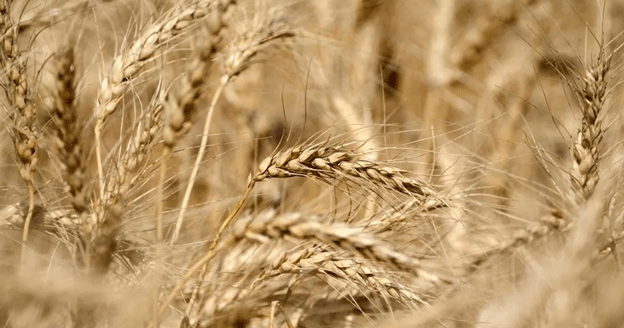India’s Wheat Crop in Good Shape, Set for Higher Yields in 2025
India’s wheat-growing regions are witnessing favorable crop conditions, with most states reporting healthy growth due to timely sowing and the adoption of climate-resilient varieties. As a result, experts predict a 10% increase in wheat yields compared to last year. However, some districts in Rajasthan are experiencing localized challenges that may impact output in that region.
Favorable Conditions for Wheat Growth
According to agriculture ministry reports, the wheat crop across Punjab, Haryana, Uttar Pradesh, and Madhya Pradesh is developing in line with expectations, benefiting from:
- Timely planting at the optimal sowing window.
- Improved wheat varieties that are resistant to heat stress.
- Stable weather conditions with adequate soil moisture.
The India Meteorological Department (IMD) has also indicated that winter temperatures and rainfall patterns have been supportive, reducing the risk of heat stress during grain-filling stages.
Challenges in Rajasthan’s Wheat Belt
While most wheat-growing states report healthy crop conditions, certain districts in Rajasthan are facing stress due to:
- Low soil moisture from uneven pre-sowing rainfall.
- Higher-than-average temperatures during key growth stages.
- Localized water shortages, affecting irrigation availability.
According to state agriculture officials, these factors could lead to a slight yield reduction in affected districts, though overall state production remains stable.
Projected Increase in India’s Wheat Yield
Given current conditions, analysts expect a 10% increase in wheat production compared to 2024. The previous wheat harvest (2024) was estimated at around 112 million metric tons, meaning India could potentially surpass 123 million metric tons in 2025, provided conditions remain stable through the final growth and harvest periods.
India’s wheat crop outlook for 2025 remains largely positive, thanks to improved agronomic practices and favorable weather conditions. However, localized challenges in Rajasthan highlight the need for continued investment in climate-smart agriculture and efficient irrigation systems to mitigate regional risks. With a projected production increase, India is likely to meet domestic demand while maintaining stable wheat reserves for export opportunities.
Error





